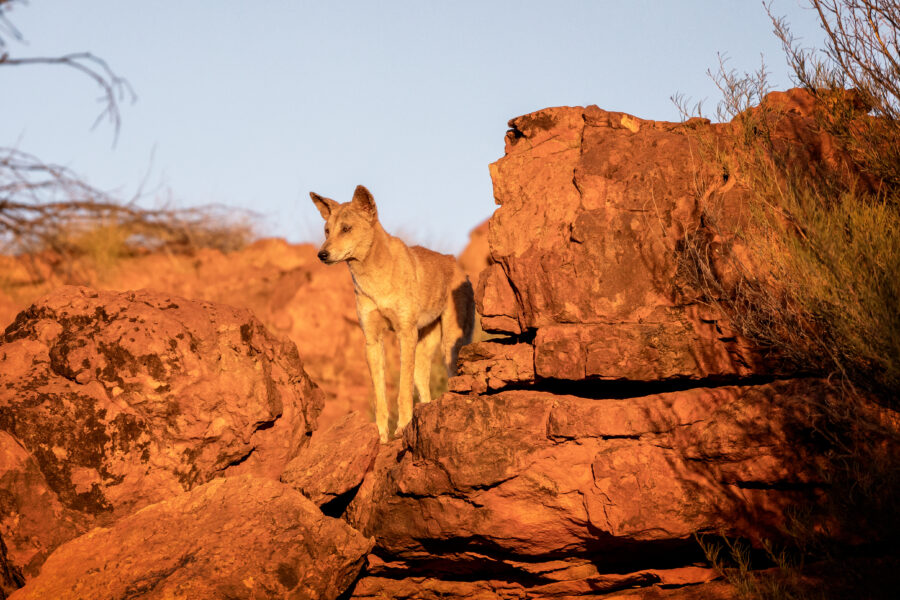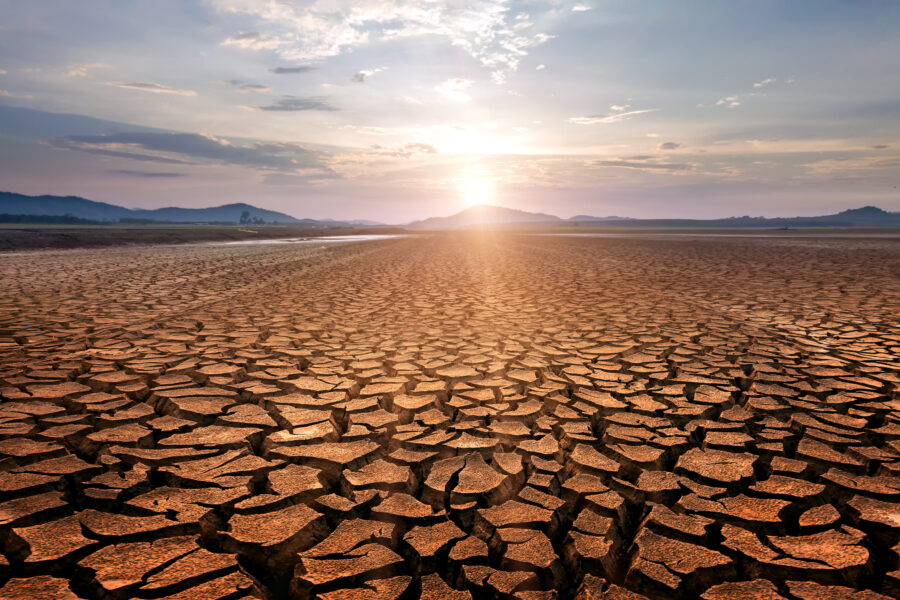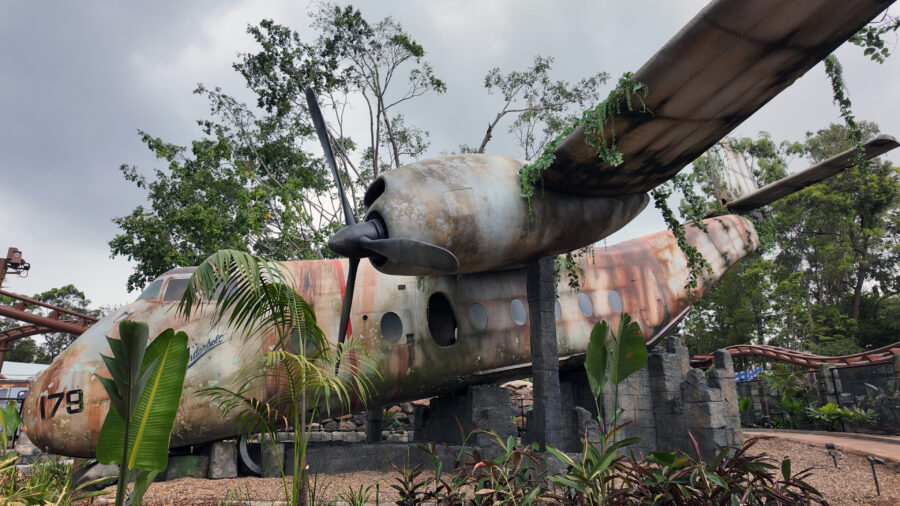Dingo culls cause more harm than good

Many regard dingoes as pests, but controlling Australia’s dingo population with poison may be doing more harm than good, according to a new study.
“Dingoes should not be poisoned if we want to halt the loss of mammal biodiversity in Australia,” said the study’s lead author Dr Mike Letnic.
The University of NSW ecologist and researchers from two other universities examined conservation reserves across NSW and found that when dingoes were killed the local fox, kangaroo and wallaby populations shot up.
Foxes ate large numbers of small mammals, while kangaroos and wallabies destroyed vegetation which smaller marsupials, mice, bandicoots and native rodents live in.
Rethinking dingo culls
Dr Letnic called for a rethink on the areas where the wild dogs are being culled and said populations should even be allowed to flourish in some places where they’ve previously been targeted.
“Actively maintaining dingo populations, or restoring them in areas where they have been exterminated, is controversial but could mitigate the impacts of foxes and herbivores,” he added.
Dingoes are common across much of Australia and in many respect are icons of the country’s outback and bushland areas.
But some regard them as pests and they are blamed for attacking livestock, particularly sheep.
Their image has been damaged by Azaria Chamberlain’s death in Uluru in 1980 and a series of attacks on children on Queensland’s Fraser Island.
Government-run culling and prevention programs are active across the country, with methods including shooting and poisoning, using sodium fluoroacetate.
A dingo exclusion fence, built in the late 19th century and measuring more than 5600 kilometres, runs from the eastern seaboard to the south coast of South Australia.





